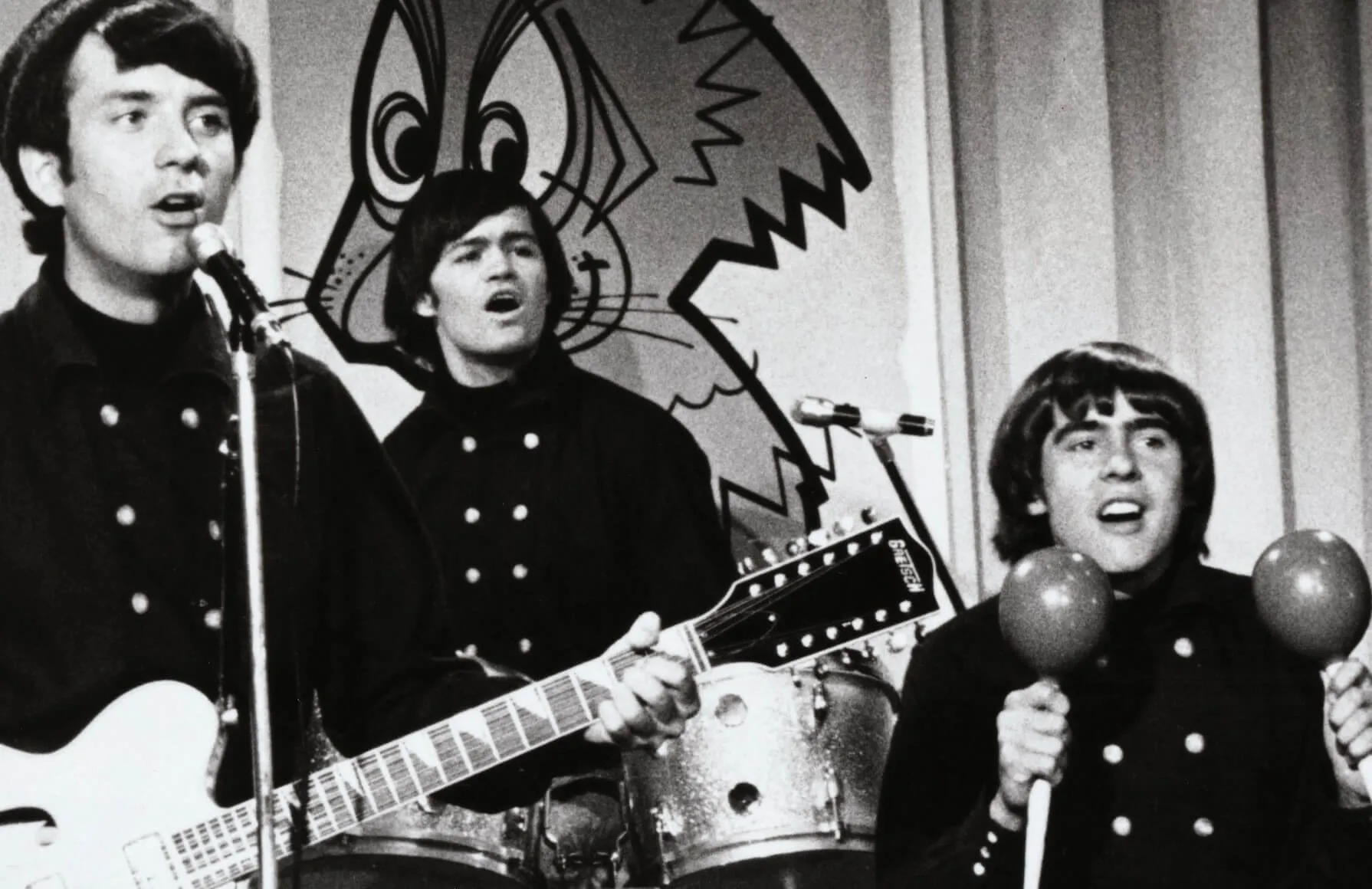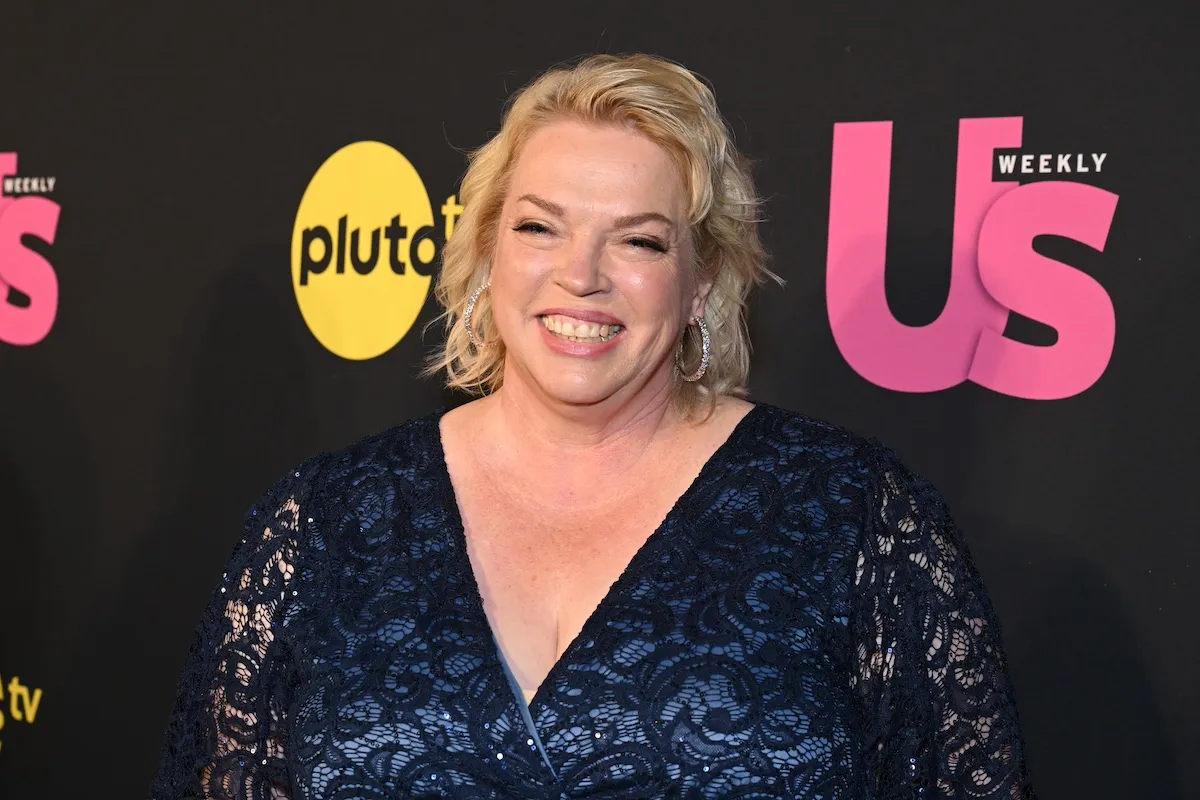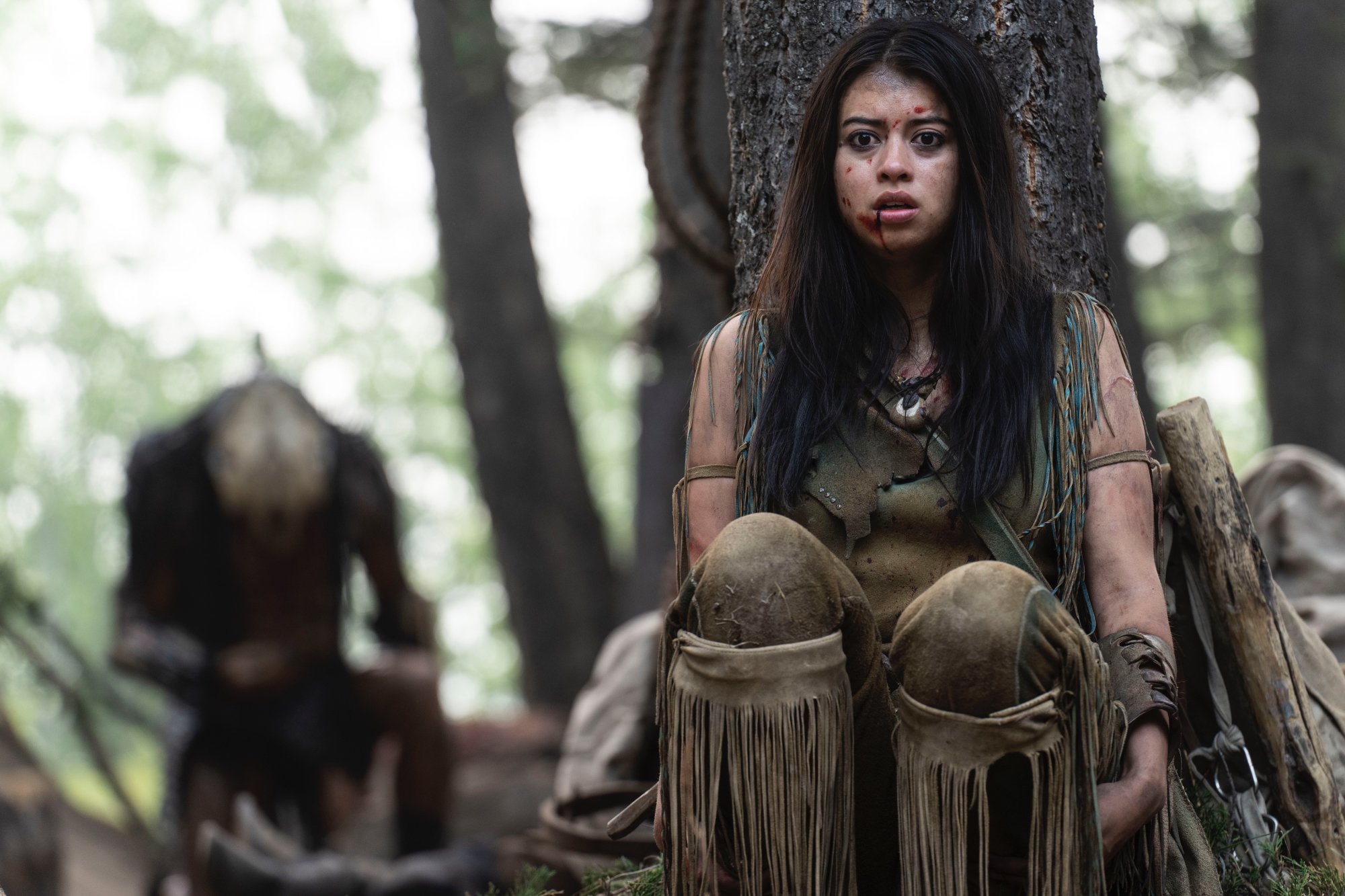
‘Prey’ Movie Review: ‘Predator’ Prequel Successfully Goes Back to Basics
Prey is the fifth installment of the Predator franchise, but it stands as the best entry since the 1987 action horror original. Director Dan Trachtenberg previously brought a fresh look into the Cloverfield franchise with 10 Cloverfield Lane, and now he’s applying that same fervor to the Predator universe. Prey keeps it simple and delivers on the promised goods that fans yearn for.

‘Prey’ brings the story back 300 years
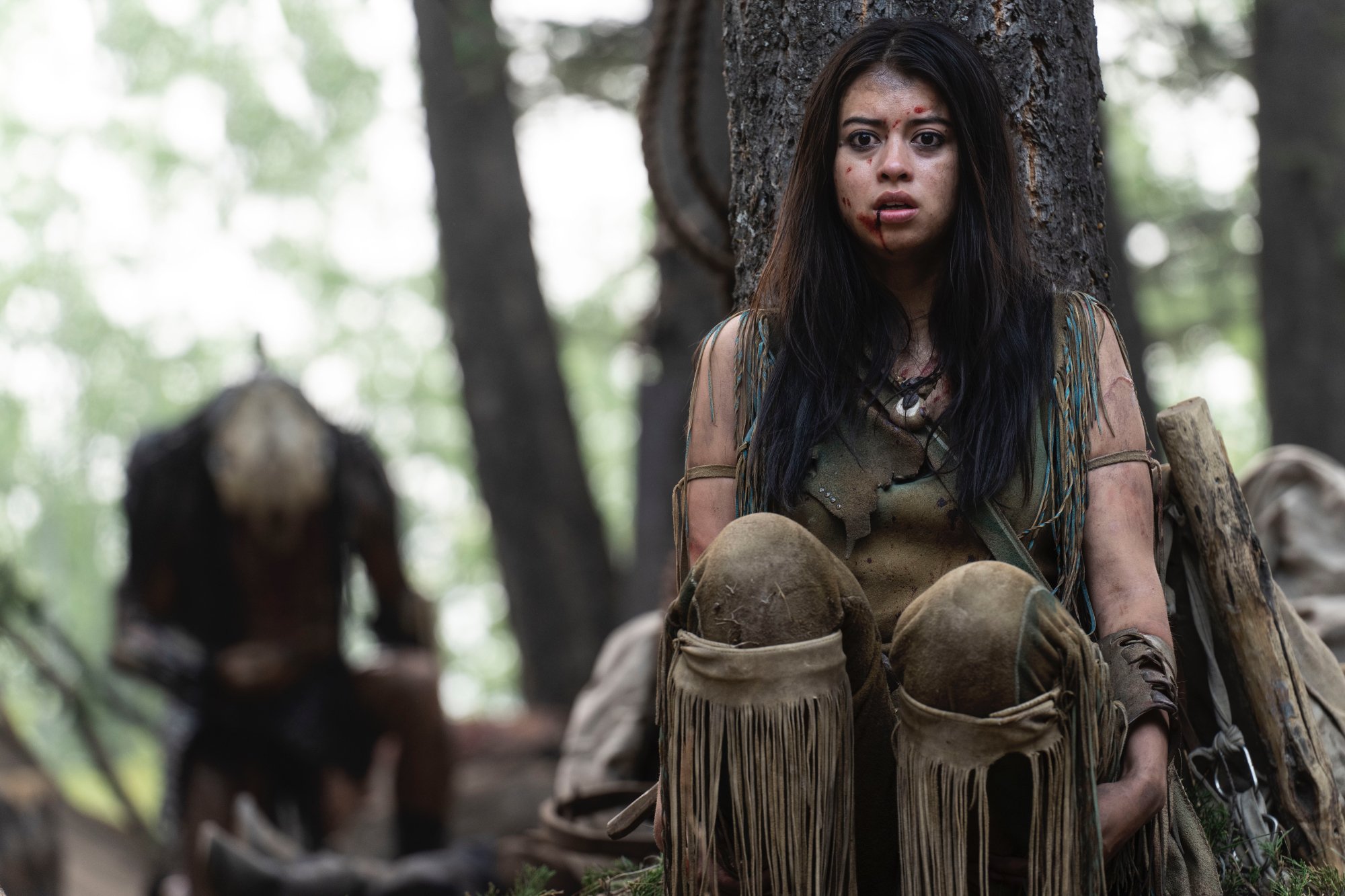
Screenwriter Patrick Aison brings the world a Predator origin story in the world of the Comanche Nation 300 years ago. Prey protagonist Naru (Amber Midthunder) is a skilled female warrior with the goal of becoming an even more powerful hunter. However, her tribe doesn’t believe in her talents, trying to convince her to perform “womanly” duties.
However, the entire tribe is put in imminent danger when Earth sees one of the first Predators (Dane DiLiegro) land nearby. The extra-terrestrial creature is on the hunt to kill the greatest foes that it can find. Naru refuses to listen to the people of her tribe as she sets her sights on fighting for the survival of all those in her community.
Director Dan Trachtenberg returns to a Predator and human narrative
Prey makes the wise decision of jumping back in time. It doesn’t concern itself with further worldbuilding or explaining anything particularly new about the Predator species. Rather, Aison’s screenplay is focused on returning back to a stripped-down action movie of Predator vs. unsuspecting humans. As a result, Trachtenberg has a lot more freedom to focus on making a film that stands on its own rather than serving the franchise as a whole
The hunter/hunted dynamic is at the core of Prey. The food chain continues to expand over the course of the movie, showcasing how humanity fits into the systems of nature. Naru’s tribe hunts as a means of gaining resources and for survival, although it’s always a potentially lethal activity. Similar to later installments, the Predator is a creature far beyond human understanding, making it a formidable foe for some particularly mighty Earth warriors.
Naru traverses the expectations placed on her by those around her. Men are expected to hunt and provide while the women cook, clean, and give birth. Nevertheless, Naru will tear down such gender ceilings, even if no one believes in her. She frequently lives in the shadow of her brother (Dakota Beavers), as the celebrations around his successes simultaneously act as her failures.
‘Prey’ is the most successful Predator since the original
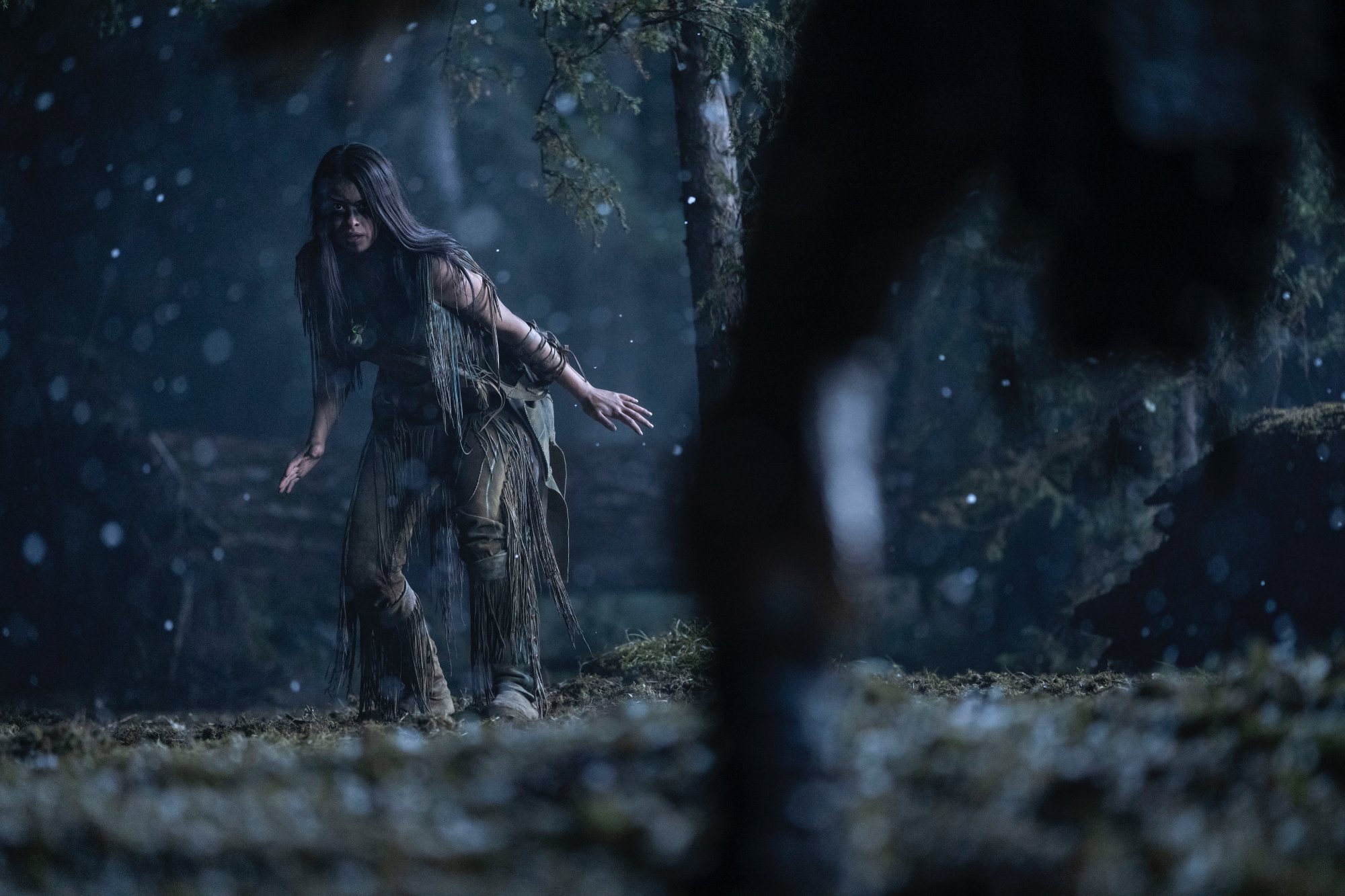
Similar to the original Predator, Prey doesn’t spend too much time building up to its primary conflict. The intimidating creature lands on Earth rather early, giving the illusion that it’s constantly in the environment tracking the tribe. Trachtenberg maintains very tight pacing that never encounters any lulls, simultaneously introducing a new tough protagonist worthy of the franchise. Midthunder perfectly fits the bill.
This Predator iteration takes place at a much earlier point in the creature’s evolution. As a result, this isn’t the monster that audiences are most familiar with, even though it’s clear how it evolved. The creature design is solid, although the same isn’t true regarding the visual effects. There are some CGI animal shots that are understandably necessary, but it’s unfortunately obvious when this technology is utilized on the Predator and some of the kills. It cheapens the production, even though Jeff Cutter’s cinematography is certainly capable.
Trachtenberg brings plenty of violent imagery to Prey, but he shies away from some of the Predator’s most brutal kills. It’s certainly more brutal than the 1987 original, but some longtime fans might want to see more. Regardless, Trachtenberg made a lot of the right decisions. Prey is the best Predator installment since the original while simultaneously crafting an engaging narrative of its own. It’s just a shame that it’s skipping theaters and going straight to streaming.
Prey roams onto Hulu starting on Aug. 5.
